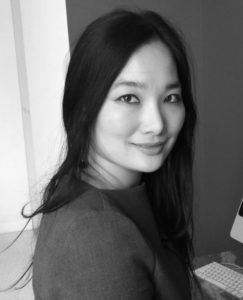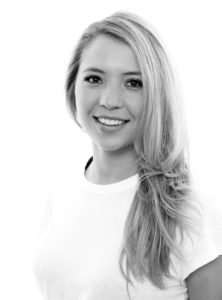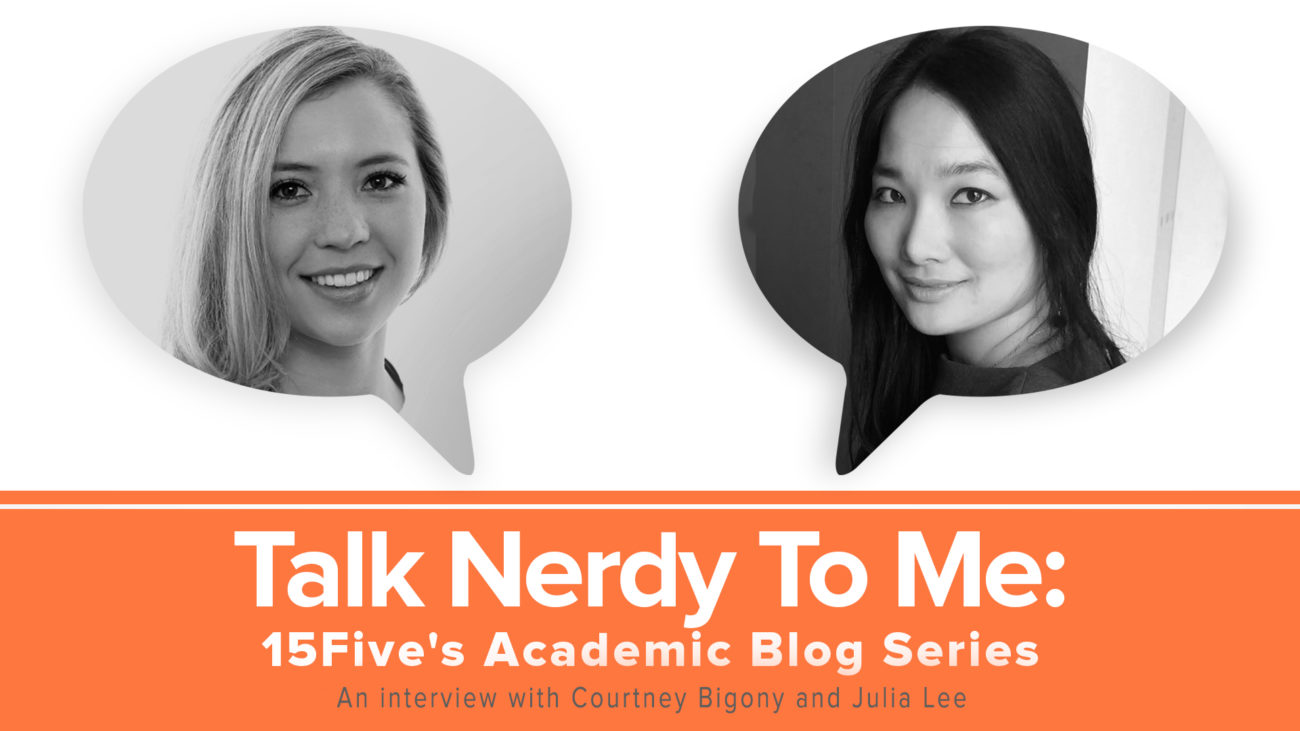The Missing Part of Your Employee Learning and Development Strategy: Strengths Discovery
Welcome back to Talk Nerdy To Me, 15Five’s academic blog series where we get nerdy, talk to the world’s best thinkers, and break down the latest academic research that you can apply to your workplace.
According to Gallup, employees who use their strengths every day are 6x more likely to be engaged, 8% more productive, and 15% less likely to quit their jobs. So, what’s the most effective way for employees to discover those strengths?
Julia Lee is a leading academic at University of Michigan’s Ross School of Business. Her most recent work seeks to understand how employees can navigate modern workplace challenges by altering the stories they tell themselves. Below, she joins Courtney Bigony, Director of People Science at 15Five to explore the Reflected Best Self Exercise, a research-backed exercise designed to help employees discover their top strengths and become their best selves at work.
Courtney: Why is it important for employees to focus on their strengths at work?
Julia: There are tremendous benefits to leveraging strengths at work. But first, we need to acknowledge that humans have a natural negativity bias (e.g. weighing negative aspects more heavily than positive ones) and experience a greater sensitivity to what’s not going well versus what is.
For example, most people request feedback about their weaknesses instead of feedback about their strengths. While it’s important to focus on things that can be improved, it’s also important to put effort into identifying each employee’s unique strengths and leveraging those strengths in their role.
Courtney: So what tools can employees use to discover their top strengths?
Julia: There are a lot of existing tools such as StrengthsFinder, VIA Character, and the Reflected Best Self Exercise. StrengthsFinder and VIA Character are both surveys that require self-reflection only.
However, research shows that people are notoriously bad at reflecting on their personal strengths, so it’s important to gather strengths-based feedback from others. The Reflected Best Self Exercise enables people to gather feedback from others such as friends, co-workers, and family members.
The Reflected Best Self Exercise was created from research at the University of Michigan’s Center for Positive Organizations and Ross School of Business. Participants both self-reflect and gather stories from friends, family members, and co-workers about when they were at their best. After they’ve gathered multiple stories, they develop a robust Best Self Portrait, which can be used to unlock employee potential at work.
Courtney: Why is it important for employee learning and development to gather feedback from others?
Julia: In the workplace, the majority of feedback comes from co-workers such as managers and peers. The Reflected Best Self Exercise is a more holistic approach because you gather feedback from people outside the workplace. It can really help you think of yourself as a whole person, not necessarily just yourself as a professional or worker in an organization. Who you are — and how you are valued — outside of the workplace affects how you behave in the workplace as well.
For example, when I was teaching an Executive Education program at Harvard, we had a group of senior executives and one executive, Dan (not his real name) came from the military. In his own work, Dan was used to giving orders and telling people what to do. He completed the Reflected Best Self Exercise and requested feedback from his family members, including his son-in-law. His son-in-law wrote a long story about how he was going through a rough time in life and how Dan helped him simply through active listening.
Dan was such a great listener. It had never occured to Dan that active listening was one of his top strengths. With his military background, he was so used to giving orders. Gathering feedback from others made him realize how important it was to bring his active listening skills with him outside of the home and into his work life. He was able to integrate his different identities and leverage his personal strengths more at work. This story highlights the importance of gathering feedback from people outside of the workplace.
Courtney: Gathering feedback from others provides a more clear, objective, and robust view of a person. What else makes the Reflected Best Self Exercise unique and effective?
Julia: It’s unique in many ways. The Reflected Best Self Exercise is developmental, not evaluative in nature, it focuses on strengths not weaknesses, you also gather feedback from family and friends, not just co-workers. Feedback also comes in the form of stories, not numbers. Let’s unpack this.
A lot of feedback in organizations occurs during the traditional performance evaluation and employees usually receive constructive, evaluative feedback from co-workers in the form of a number. For example, a co-worker could give you a 3/5 on leadership skills, but it’s hard to interpret what that means. The Reflected Best Self Exercise is developmental, and the feedback comes in the form of a story, so it’s a lot more vivid, emotional, and memorable.
Courtney: How can employees apply their Best Self Portrait to their work?
Julia: People learn so much about who they are in the eyes of others, which sparks ideas about how they might better utilize their strengths in their career. Anecdotally, I’ve heard about people changing their careers after completing the exercise. They end up getting a new job or starting a new company based on their newly gained self-insights. It wakes you up in a totally different way!
Courtney: That’s amazing. A career isn’t something you’re given, it’s something you create over time, and to do it right requires a lot of self-discovery.
Julia: Yes, and self-discovery work is really important during times of transition. For example, when you’re starting a new job, during performance reviews, or when you’re thinking about changing careers.
Courtney: We know that learning and development is a top driver of engagement for millennials who currently make up the majority of the workforce. Many companies are building out learning and development plans, but it’s like we’re missing a step. It doesn’t make sense to join a company right out of college, experience a job or role for the first time, and then get pushed up a career ladder. Millennials need to do the first step of self-discovery to orient themselves in the right direction.
Julia: I agree. I think that’s what’s missing in so many companies, especially for millennials who prioritize bringing their whole selves to work and expressing who they are. The Reflected Best Self Exercise works particularly well during onboarding because the company immediately signals to their new hires that they’re interested in their whole self and how they’re going to unlock their best self at work. This starts with deep strengths discovery and continues by aligning their role with those strengths.
Courtney: What are the benefits of the Reflected Best Self Exercise to the company?
Julia: It not only helps employees uncover their top strengths, which Gallup shows impacts employee engagement, productivity and retention, it specifically correlates to extraordinary leadership. I’m currently working on an (as of yet unpublished) experimental study that shows that people who complete the exercise during onboarding experiences less emotions exhaustion and are less likely to quit. The Reflected Best Self Exercise makes people more creative, resilient, and immune to sickness, so the benefits are connected to both the mind and the body.
We also found a big impact on team performance. Teams who complete this exercise are more likely to voice their unique perspectives and exchange information more effectively. And they perform better as a result.
Courtney’s Final Thoughts:
A career is not something that is given. A career is something that’s created. 15Five predicts that job descriptions are shifting from a traditional, structured, and prescribed process to a strengths-based, employee-centric, and we-scribed (co-created) process.
Employee learning and development starts with strengths-discovery. Once an employee has a clear understanding of their strengths, they can work with their manager to job craft their role to align with those strengths in a way that simultaneously pushes company objectives forward. Only then do managers work with their employees to place them on a full-forced growth and development trajectory, continuously realigning their strengths to their role and company priorities along the way.
Thanks, Julia for your insights and your research that uncovers new findings to help people and workplaces thrive.
Don’t miss my first “Talk Nerdy To Me” interview on progressive performance management, with HR expert, Alan Colquitt!
Julia Lee is the Assistant Professor of Management and Organizations at Michigan Ross. She teaches BBA, MBA, and executive education courses on negotiation, leadership, and organizational behavior. Lee received a PhD and an MPP from the Harvard Kennedy School, a BA in Political Science from Korea University, and was previously a Lab Fellow at Harvard University and Postdoctoral Fellow at the Center for Positive Organizations.
is the Assistant Professor of Management and Organizations at Michigan Ross. She teaches BBA, MBA, and executive education courses on negotiation, leadership, and organizational behavior. Lee received a PhD and an MPP from the Harvard Kennedy School, a BA in Political Science from Korea University, and was previously a Lab Fellow at Harvard University and Postdoctoral Fellow at the Center for Positive Organizations.
Courtney Bigony is Director of People Science at 15Five, continuous performance management software that includes weekly check-ins, objectives (OKR) tracking, peer recognition, 1-on-1s, and reviews. She is also the founder of The Deep Feedback Movement, where she provides actionable insights for People Teams based on the latest social science research, and a Fellow at the Center for Evidence Based Management.
is Director of People Science at 15Five, continuous performance management software that includes weekly check-ins, objectives (OKR) tracking, peer recognition, 1-on-1s, and reviews. She is also the founder of The Deep Feedback Movement, where she provides actionable insights for People Teams based on the latest social science research, and a Fellow at the Center for Evidence Based Management.




